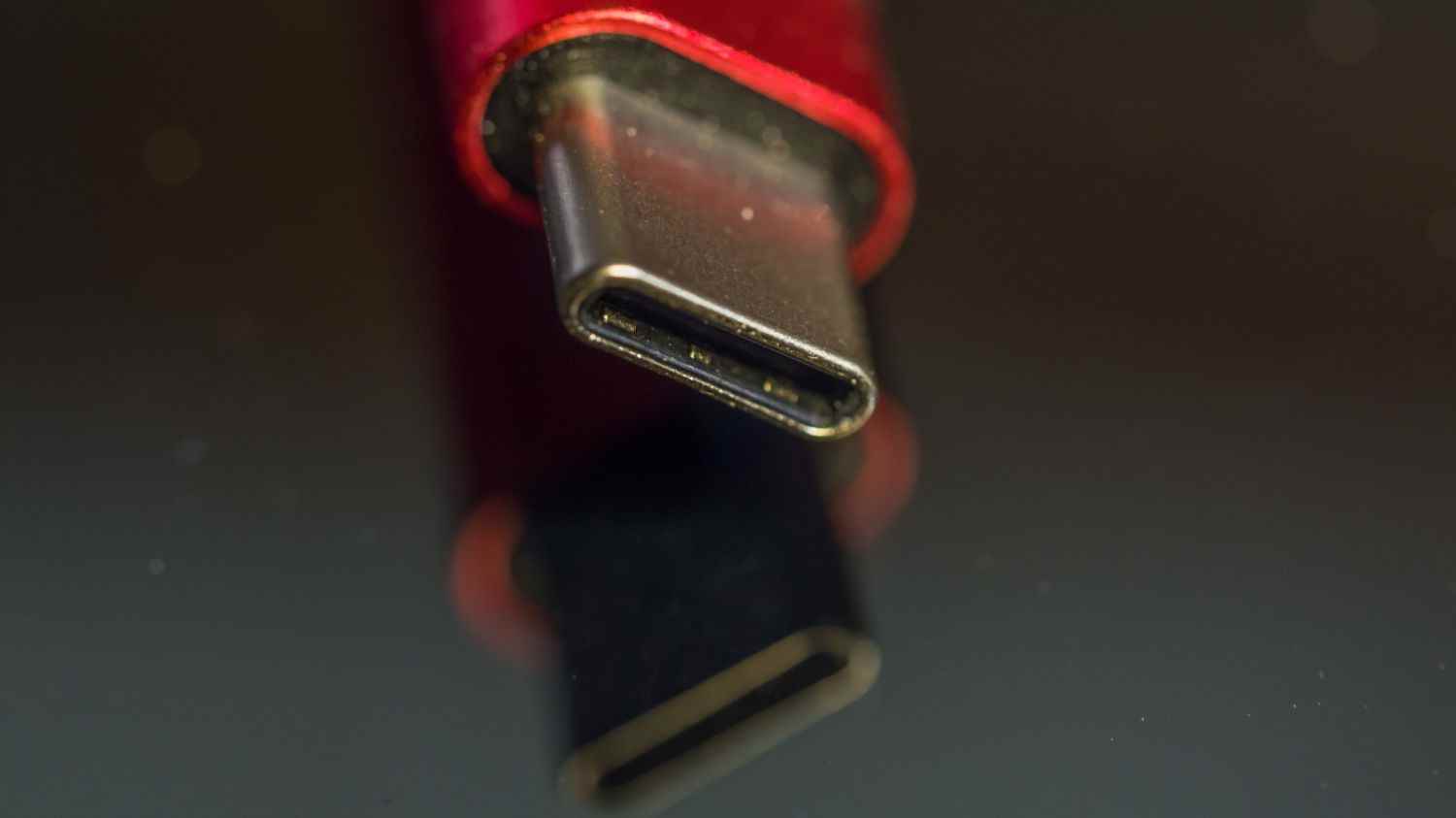A concrete success for 460 million European consumers who will be able to stop tearing their hair or going around their office colleagues to find a charger compatible with their phone… From autumn 2024, smartphones, tablets, e-readers, headphones, game consoles and portable speakers, digital cameras… regardless of their manufacturer, will all be equipped with the same USB port.
The port will be USB-C, the one found today on most Android phones, quite large, rounded at the edges. So you can use the same charger instead of having one per device with all the wires getting tangled and giving you tantrums. Besides, when you buy a phone, you won’t have to buy a charger at the same time.
Today, 2 agreements have been reached at European level:
For a European minimum wage
For a single charger in theEveryday Europe at the service of its citizens! #MinimumWagesEU #CommonCharger pic.twitter.com/xmLMp1neTb
— Young Europeans (@YoungEuropeans) June 7, 2022
The regulations also provide for the charging speed to be harmonized for devices authorizing fast charging, to prevent it from being restricted when used with a device of a different brand. From 2026, the rule will also apply to laptops.
Each year, in Europe, we buy 500 million chargers, which generates between 11,000 and 13,000 tonnes of waste, which is the weight of the Eiffel Tower. The single charger will make it possible to reduce them considerably. It will also save money: 250 million euros per year for European consumers.
It still took 13 years to reach this decision. It was in 2009 that the European Commission launched the project. From the outset, however, several manufacturers got involved, Nokia, Sony, Motorola, Samsung, to the point that Brussels, in a fit of somewhat naive enthusiasm, announced the arrival in Europe of these chargers at the end of 2010.during the first months of 2011″.
This was without taking into account the resistance of Apple, which favors closed ecosystems and has never wanted to play the game. Moreover, in 2012, the American giant released the iPhone 5 with its specific Lightning connector, the one that is still used. Apple asserts its difference: on average 20% smaller than USB-C, this port makes it possible to leave more room in smartphones and others for other components, such as the battery.
The Californian group even believes with a little bad faith that standardization will “stifling innovation rather than encouraging it”. In reality, it did not want to lose its users or its financial windfall (a Lightning charger – adapter + charging cable – is charged 50 euros).
That says a lot about the weight of lobbies. But since volunteering did not work, Brussels went to the restrictive stage of regulation and ended up winning its showdown. Apple will therefore have to do like the others; it’s the iPhone 15, scheduled for next year, which will switch to the universal port. The apple brand represents about 20% of phone sales in Europe.
We can go even further, in particular on the wireless charging systems which are beginning to appear on the market, the Commission has not forgotten them, they too could be harmonized in the years to come.
